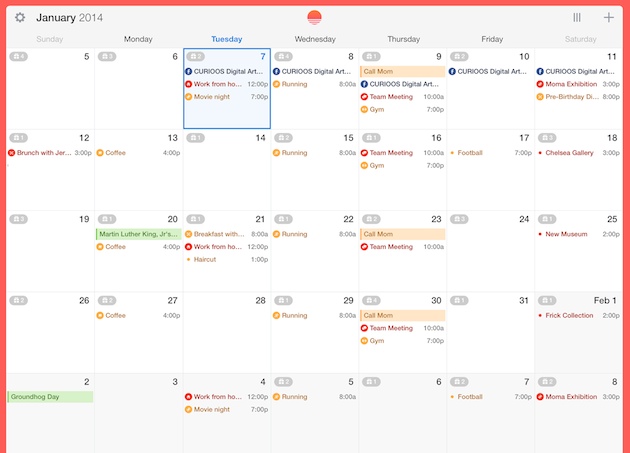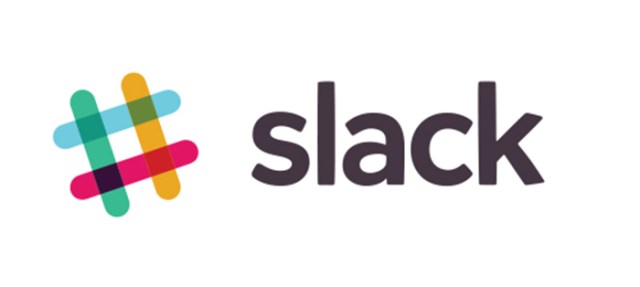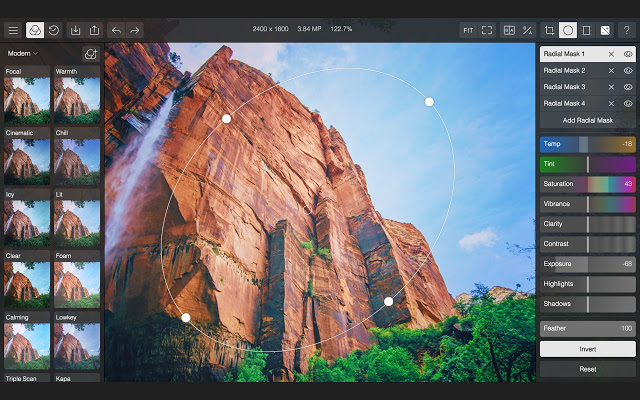
feature image via Yeamake / Shutterstock.com.
Well here I am, folks, weeks and weeks later — I didn’t mean to leave this series for that long, but interesting stuff kept happening in the technology world that I wanted to chat to you about. Let’s dive back into it, shall we? If you need a refresher on the first part of the series, jump on over there real quick and then come back.
What we’re looking at today is all the stuff a Chromebook can do without getting fancy and installing Linux on it. Since the Chrome OS basically runs using a web browser, a lot of these plug-ins (found in the Chrome Web Store), run on other computers where Chrome is installed (regardless of operating system). That makes the Chromebook a perfect secondary computer, with much of your work syncing to your primary computer. So, you ready?
School
Sunrise Calendar

I’ve actually been using Sunrise for a while, and it’s my favorite alternative to iCal because it works across so many platforms and it’s cute. I’m a sucker when something’s cute. Unfortch, Sunrise was acquired by Microsoft and they ported the whole team onto Outlook mobile, so Sunrise won’t be updated anymore. But it’s still the best looking, most functional calendar I’ve found for my Chromebook so far. Until something better and more up-to-date comes along, I’m sticking with Sunrise.
Google Drive
When you purchase a Chromebook, you get 100 gigs of Google Drive space totally free for two years, which is a pretty badass deal. (You also get 2 months free of Google Play Music Unlimited, and since they bought my very favorite music service/app, they’ve got curated playlist you might enjoy too). As a result, it becomes totally do-able to use the Google Drive Suite for absolutely everything — I’ve made presentations with Google Slides, turned in homework with Docs. The works. It already comes installed on the Chromebook, so no need to go looking. The downside is that sometimes Docs messes with my international keyboard — I prefer drafting in other apps and avoid putting accents on e’s in Docs when I can help it.
Somnote
For those looking for an alternative to Evernote, OneNote or Google Keep (which is what I’m actually using right now), Somnote syncs notes across platforms. You get one gig of space free and you can invite friends for 100 megabytes extra, up to an extra gig.
Unless you subscribe to premium service, this app is totally free.
Work
What — your work doesn’t include massive creative work and the need to write snippets of ish you make up from weird, cramped corners of New York City bars? Okay, so my view of work is a little bit skewed. This is where the comments will be extremely helpful — what Chrome apps do you use for work? In the meantime, here’s what I’ve been using for work on my Chromebook.
Slack

The number one thing I need on any computer. The draw of using Slack in the first place is that it runs on so many platforms. That and it’s a super easy way to organize with co-workers who might not be immediately next to you in an office. It’s how we at Autostraddle communicate with each other across continents.
The app is free, as is the most basic tier of service.
Calmly Writer
Need to draft something with no distraction at all? Calmly writer is basically a blank white screen (or black screen if you put it in dark mode) that syncs across devices using the Chrome browser. When drafting normally on a Chromebook, there’s no easy keyboard short cut for some of my most used punctuation (en- and em-dashes), but in Calmly Writer, you can just hit the hyphen three times to make an em-dash (and it takes care of the formatting for you). You can also use markdown to format, as well as standard keyboard short cuts for things like bold, italic and heading. Their export options leave something to be desired, but they’re working on it. If you’re a dyslexic writer, this app features a mode made to improve readability for those with dyslexia. This is currently my favorite distraction-free writing tool.
It costs $2.99 and is well worth it.
Invoice by Wave
A free invoice software. Free. Invoice. Software. It’s web-based, so Wave syncs with just about everything. It’s made keeping track of my freelancing income super manageable — plus you can send receipts, overdue notices and keep track of project expenses. Like many Chrome apps, it’s nothing more than a launcher for the web application.
But it’s free. Free I tell you. A free thing that is awesome.
Mindnomo
A mindmapping tool. It looks a little juvenile, but this might be because I have a “teacher” account and they weren’t expecting a teacher to be teaching university undergraduates. I love this tool, though, because it syncs automatically with Google Drive and because it’s really intuitive in a way other planning tools are not. I use this to free-form plan essays while I’m on the go.
The basic plan is free and and includes up to three mind maps. The Chrome add-on is also free.
Inbox
Another app by Google, Inbox takes some of the features I like about Mailbox and makes them available just for your Gmail. You can snooze emails, mark them as complete, and get your inbox to zero. I’m a huge fan of zeroing out inboxes, especially when you’re a freelancer dealing in clients. It also bundles up promotions and notifications from forums and such, so you can take care of them all at once. If you use Gmail (and I feel like most people do?), you can unlock inbox by installing the mobile app on your iPhone or Android. Then you can grab that Chrome app (which, as per ushe, is just a launcher) and use it on your Chromebook as well. Totally free to use, and you can still use classic Gmail after you try it if you’d prefer the former experience.
Personal
Canva
Graphic design made easy! This could go in work, too, because it has things like social media marketing images and the correct dimensions for Facebook ads, but it also has cool stuff like cards and photo collages that are totally just for fun. It’s pretty hard to make something look bad in Canva. Plus they have a library of images for which you do not have to worry about copyright (don’t worry, you can also use your own photos as well).
The service is free, with many images, patterns and templates one my pay for per image (though many are free, too! They have a pretty large library).
Polarr 3

This is one badass free photo editor, and it’s a real app instead of just a launcher for a web app. And man, it is intricate and badass — edit your photos, upload them to Dropbox or Google Drive, apply easy filters or edit with curves. A lot of the tools are the same as what one would get in Aperture (RIP) or Photoshop Elements. Don’t worry if the sheer amount of things you can fiddle with is intimidating: they’ve got a newbie guide that explains it all.
Telegram
Telegram is my very favorite messaging app of right now — they’re super security obsessed, calling to check if someone tries to log in to your account and doesn’t receive the authorization code via text message. They have a native app for everything, so you can use the web app or install the Chrome app (an actual real separate app like Polarr!). It’s super fast, super free, you can encrypt messages, send documents, even destruct your messages with a timer. Sign up using your phone number so only those with your number can see you; or, if you’d like to be a bit more reachable, create a username to be added to a public database.
Oh yeah, and this is totally free and the company is super committed to remaining so.
Android Apps
One of the things we talked about in Some Android apps are available through the Chrome Web Store and have been tested and are relatively bug free — there’s a whole section for those apps. They include favorites like Duolingo, Vine, Viber and Write.as.
But there are plenty of Android apps that don’t run on Chromebooks; that’s where ARC Welder comes in. ARC stands for App Runtime for Chrome and it’s a developer tool that allows people to quickly port an Android app into Chrome. The good news: you can quickly make your very favorite Android apps work on your Chromebook (Skype, anyone?)! The bad news: that means TONS of bugs and such, because it’s a developer tool. First, you’ve got to install ARC Welder on your Chromebook, then get the package that your would normally install on your Droid (it’s called an .apk file). You can’t get those from Google Play, but luckily there’s a Chrome extension to help you out with that.
I want to stress that this is a workaround; it’s bound to get buggy, because ARC Welder isn’t made to help an end user run a bunch of apps (that’s why you can only run one at a time). It’s made to help developers test things. That’s why, when it comes to running things on the Chromebook that aren’t meant to be run, I’d prefer to bypass the Chrome OS altogether. Next time, we’ll talk about Linux.
What apps for Chrome OS are you using? Let’s all chat about it in the comments below!
This has been the one-hundred-fifty-first installment of Queer Your Tech with Fun, Autostraddle’s nerdy tech column. Not everything we cover is queer per se, but we talk about customizing this awesome technology you’ve got. Having it our way, expressing our appy selves just like we do with our identities. Here we can talk about anything from app recommendations to choosing a wireless printer to websites you have to bookmark to any other fun shit we can do with technology. Header by Rory Midhani.







